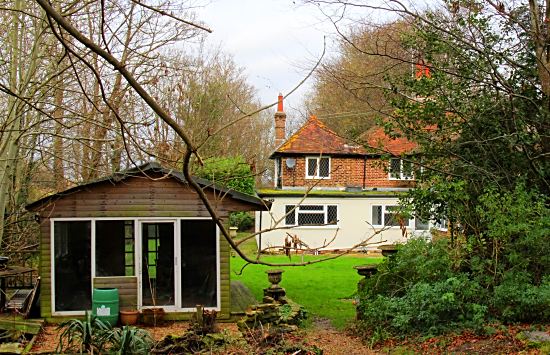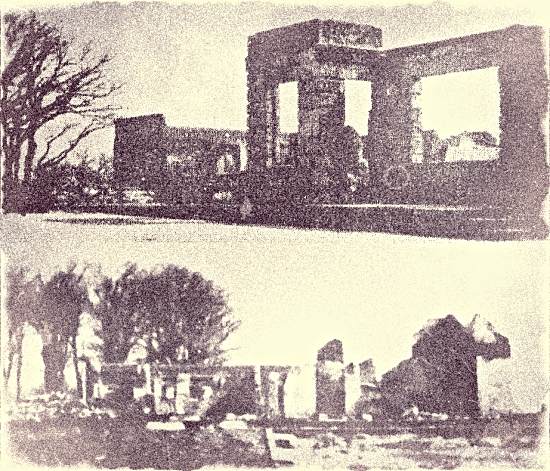
The ruins of the Dyke Park Hotel in 1949
[The article that follows was originally published in the Evening Argus on 4th February 1949 under the title ‘The Devil’s Dyke’. It was then reprinted, with permission, by St.Andrews Quarterly in the July issue (1.3) of that year. The author is not identified.]
Only five miles north-west of Brighton is one of the county’s loveliest beauty spots, the Devil’s Dyke, famed for the picturesque view it commands and celebrated for the amusing legend which attributes its origin to the unfinished efforts of the Devil to dig a canal to the sea in an attempt to flood the Sussex Weald. From its highest point, over 850 feet above sea level. the greater part of Sussex is spread out like a huge map. Parts of Hampshire, Surrey and Kent and 60 churches can be seen on a clear day.
But in recent years the public to whose use in 1928 the estate was “dedicated for ever” has, for some reason, neglected the spot. People no longer flock to the dyke in their hundreds during the summer. Guide books give it a passing reference and one has to search many second-hand book shops before its history can be traced or geological details obtained.

Even Brighton’s well-equipped reference library boasts only of a pre-war three penny Legend and History of the ‘Devil’s Dyke’, two pages from a magazine which deals with the railways which once carried visitors to the spot and a publication issued by a former owner of the estate to attract visitors.
There was a time, however, when the Dyke enjoyed great popularity and was a ’must’ for any visitors to Brighton. At the beginning of the 19th century a Brighton confectioner, a Mr. Sharp, found that there was considerable business to be done by opening a stall there in fine weather and in the 1820s the need was such that an enterprising person built an inn, known as ‘Dyke House’. on the highest point of the northern ridge.
On lst September, 1887, a single-track railway, linking up with the Brighton-Portsmouth line, was opened by the Brighton and Dyke Railway Company to meet the demand for transport. It had a gradient of one in 40 for three miles, one of the steepest rail climbs in the country.
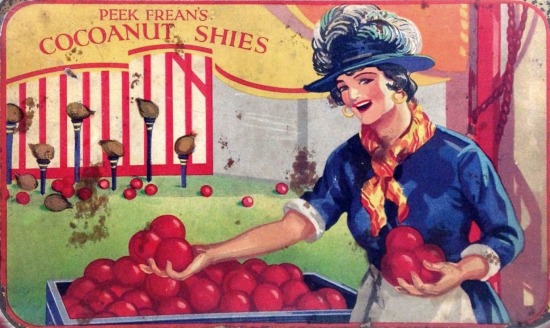
The Dyke reached the height of its popularity when the estate was purchased by Mr. J.H.Hubbard. He renamed it Dyke Park, made the inn ‘Dyke Park Hotel’ and proceeded to turn the spot into a pleasure resort by providing cocoanut shies, swings, side-shows and, in fact, all the fun of the fair.
On Whit-Monday of 1892 he excelled. Over 30,000 people flocked to the Park. The highlight of the day was a hot-air balloon ascent from the ‘Devil’s Punch-Bowl’ but to the disappointment of the crowds, it was a flop. Just when ‘gallant aviator’ Mr. Arthur Charles Spencer, was about to give the signal for release, a gust of wind caught the balloon and split it in two.
Mr. Hubbard claimed that a million people visited the Dyke that year and he became even more ambitious. He had an overhead cable railway built across the ravine at a cost of £2000. It had a clear span of 650 feet and the three-inch cable, weighing 6¾ tons, supported by two steel pylons, measured 1,200 feet between its anchorages. An oil-engine pulled the eight-passenger cagework car across the ravine in just over two minutes. Return fare cost 6d.
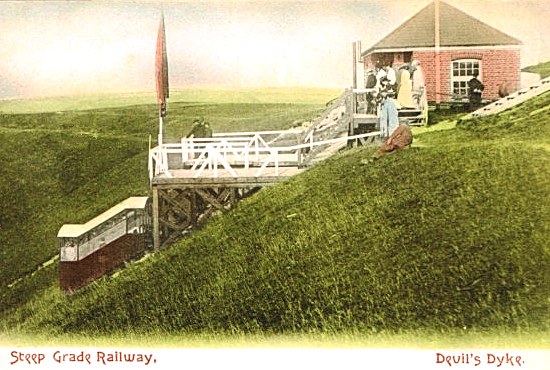
Another of his projects was a steep-grade double track railway. 840 feet long running down the side of the ridge to the lowland. A single fare of 2d was charged and it was estimated that 275,000 passengers were carried yearly. It cost £9000.
Mr. Hubbard’s schemes were not a financial success and the two main projects appear to have come to an end about 1908.
In 1925 the estate was up for sale and when Brighton Corporation hesitated Sir Herbert Carden stepped in to prevent the possibility of it being closed to the public by a private purchaser. Three years later he transferred it to the Corporation for a nominal sum.
At the end of 1925 the Southern Railway, which had absorbed the Brighton and Dyke Company in 1923, closed down the Dyke Railway. “Lack of support”, they said. [This paragraph is in error: the railway remained open until 1938].
On the 27th May, 1945, the hotel, which had been rebuilt on modern lines six years previously at a cost of £8000 was destroyed by fire.
Its ruin now stands out clearly on the skyline, and to some they may appear as a monument to the Dyke of the past.

Some other material relevant to the C19 and C20 history of the Dyke:


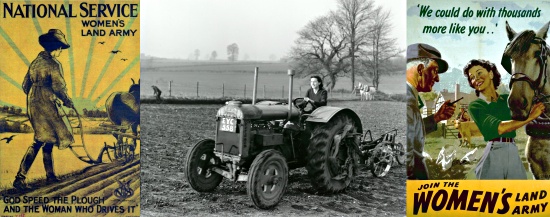









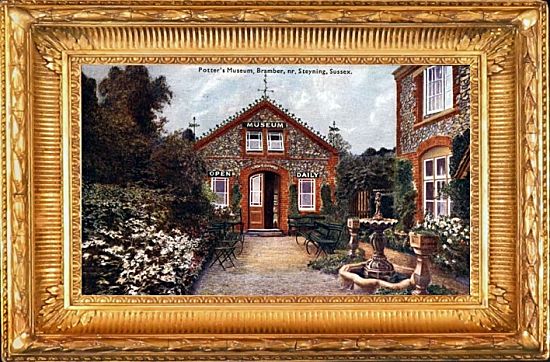

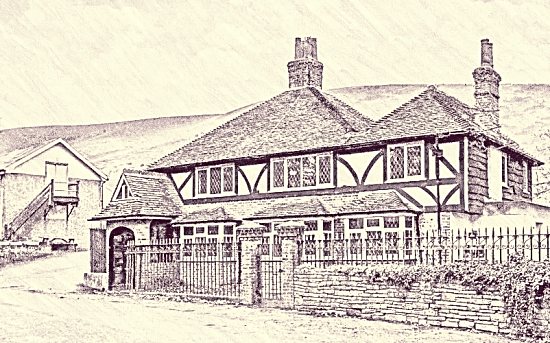 The Springs, situated in the centre of Edburton on the south side of the road, was originally two cottages. One was a blacksmith’s cottage with a forge attached to the east side, the other was a farm worker’s cottage. In 1930, a Captain Leslie Masters, whose family was reputed to have made its money in South African railways, purchased both cottages along with two other cottages that were later merged into
The Springs, situated in the centre of Edburton on the south side of the road, was originally two cottages. One was a blacksmith’s cottage with a forge attached to the east side, the other was a farm worker’s cottage. In 1930, a Captain Leslie Masters, whose family was reputed to have made its money in South African railways, purchased both cottages along with two other cottages that were later merged into 